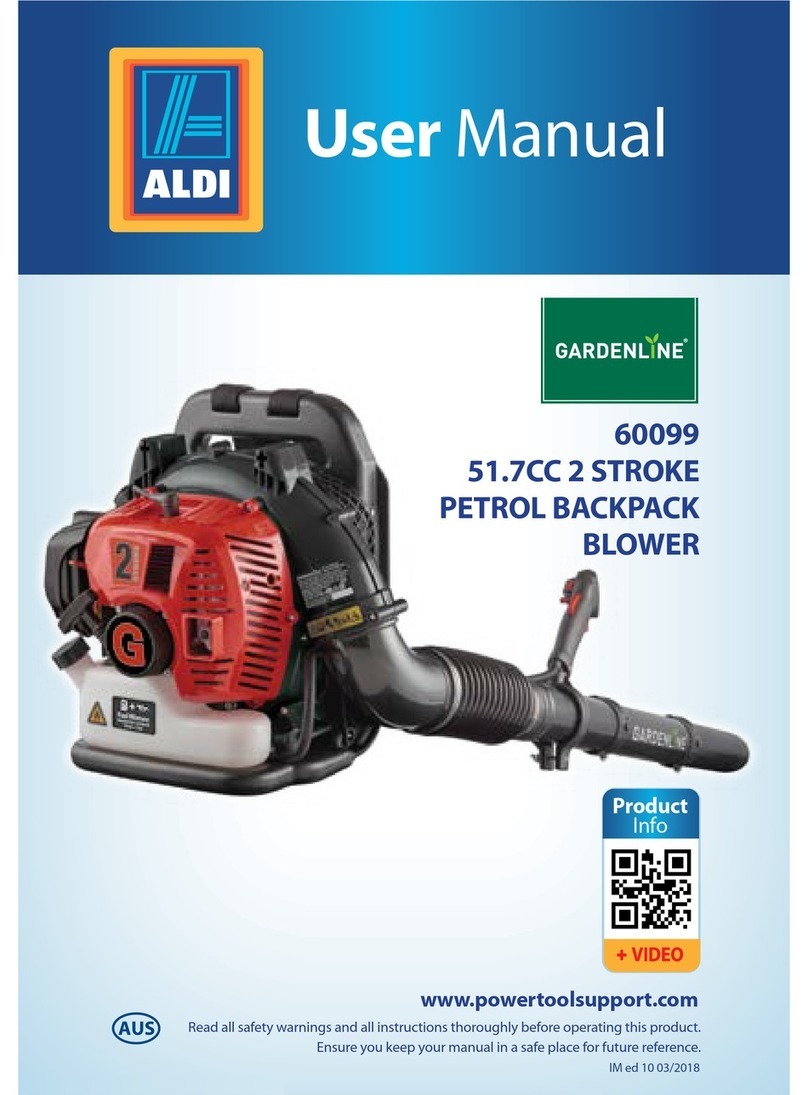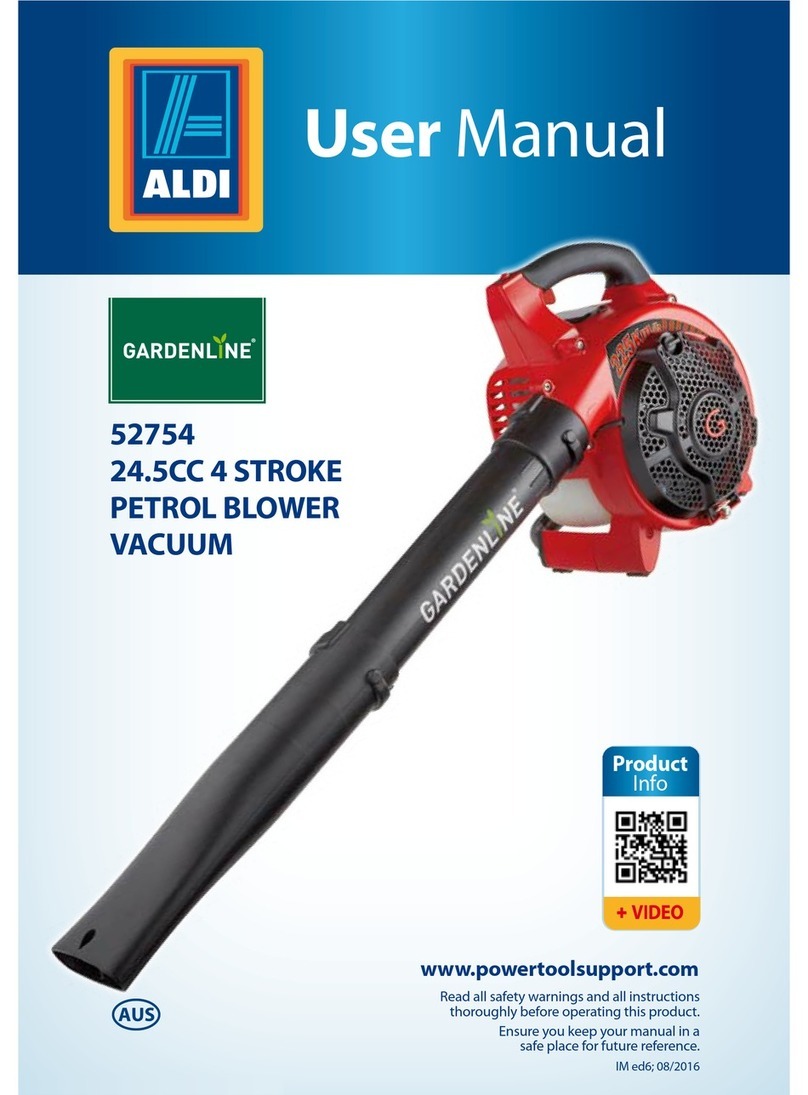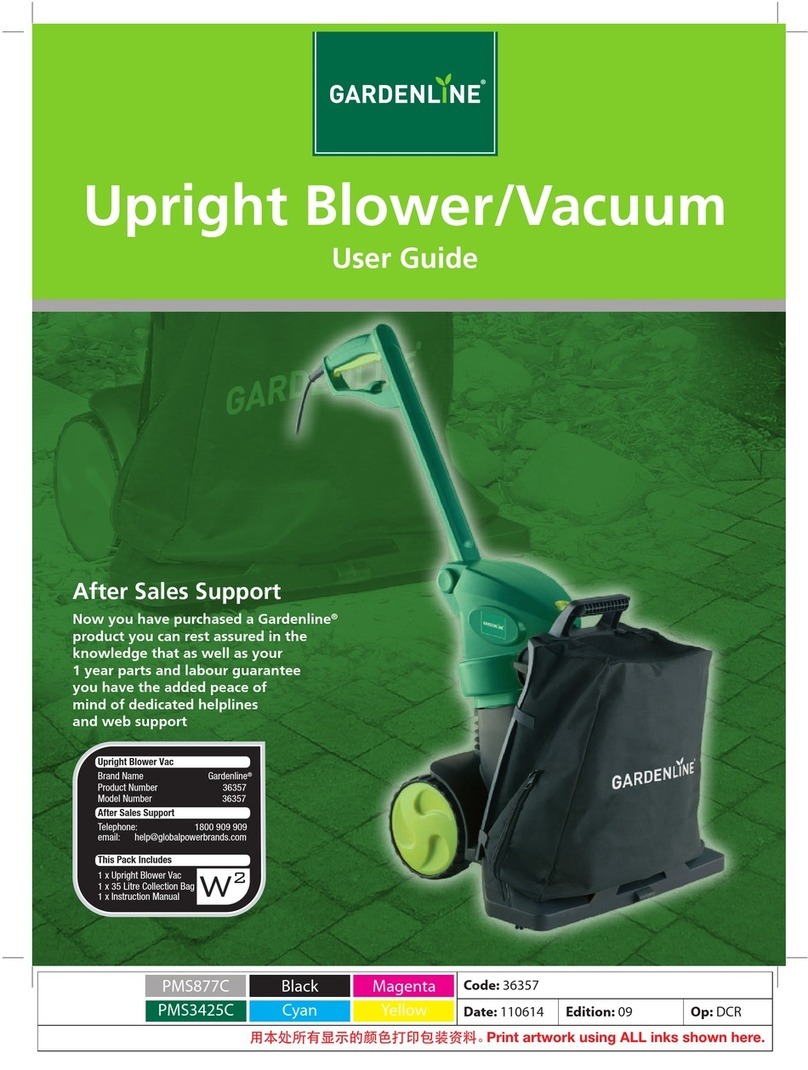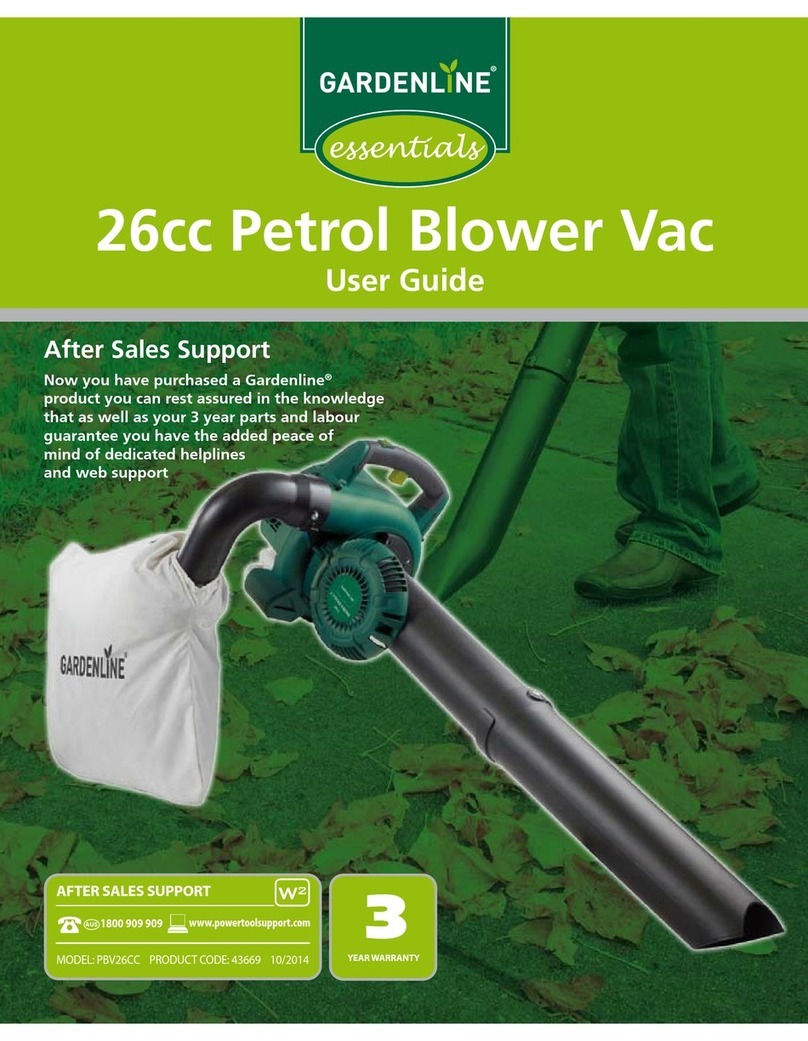
Dok./Rev.-Nr. 196224_20180504
Overview ..................................................................................... 3
Use................................................................................................4
Package contents/device parts..................................................6
General information.................................................................... 7
Reading and storing the user manual ........................................... 7
Explanation of symbols .................................................................... 7
Safety ...........................................................................................9
Proper use...........................................................................................9
Residual risks......................................................................................9
General power tool safety instructions........................................ 10
Additional safety instructions for handheld
electric blower vacs with blower function .................................. 13
Supplementary safety instructions.............................................. 16
First use.......................................................................................17
Checking the blower vac and package contents ........................17
Assembling the blower vac.............................................................17
Assembling the suction tube..........................................................17
Attaching the extra handle............................................................ 18
Assembling the blower tube ......................................................... 18
Assembly in blower mode.............................................................. 18
Assembly in vacuum mode............................................................ 18
Using the carrying strap................................................................. 19
Use.............................................................................................. 19
Preparing the blower vac............................................................... 19
Activating/deactivating the blower vac ......................................20
Using the blower vac in vacuum mode........................................20
Using the blower vac in blower mode.......................................... 21
Emptying the collector bag............................................................ 21
Removing the collector bag...........................................................22
Removing blockages.......................................................................22
Cleaning..................................................................................... 23
Maintenance and repair............................................................ 24
Storage ...................................................................................... 24
Transport ................................................................................... 25
Troubleshooting........................................................................ 25
Technical data ........................................................................... 26
Spare parts and accessories ..................................................... 26
Noise/vibration information .................................................... 27
Disposal...................................................................................... 29
Declaration of conformity.........................................................30
Contents



































